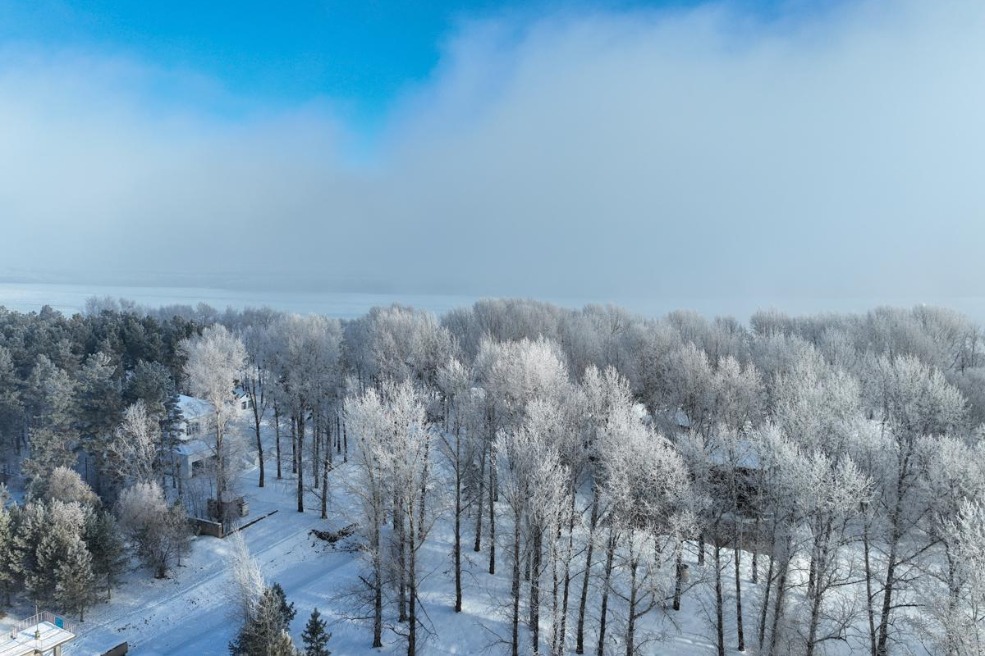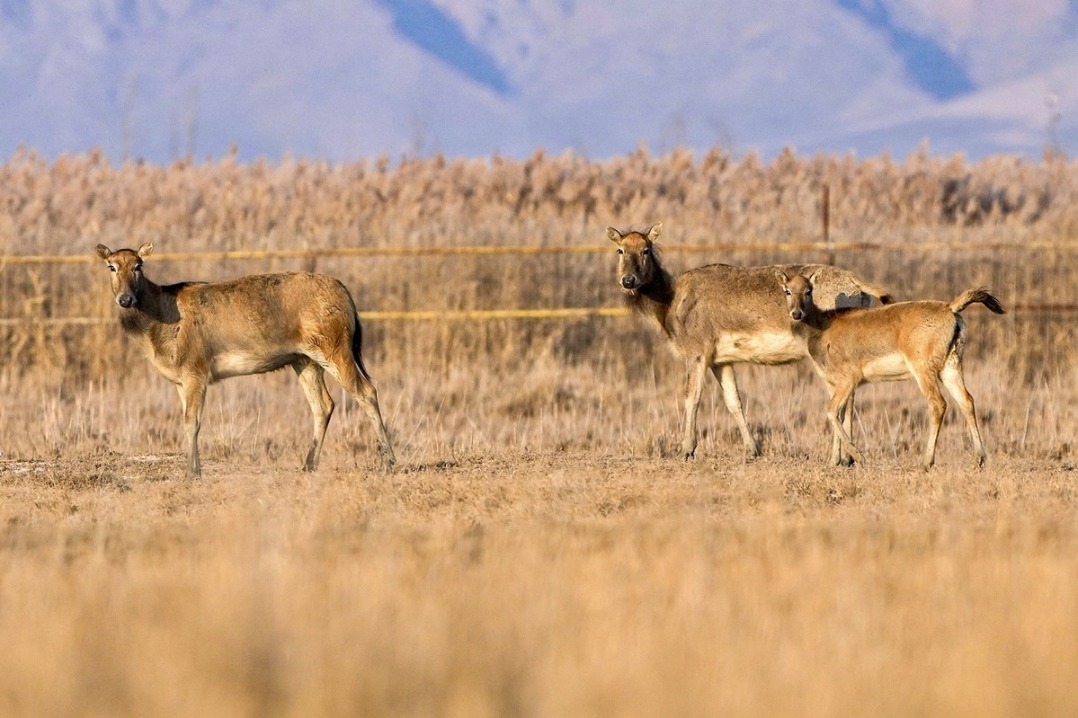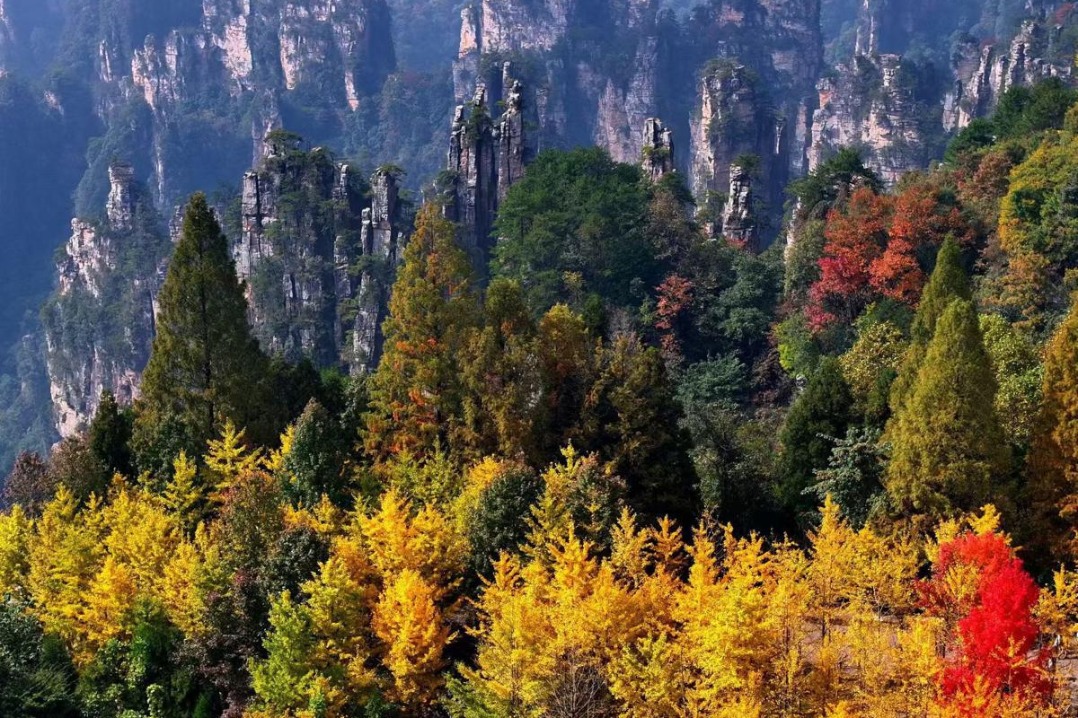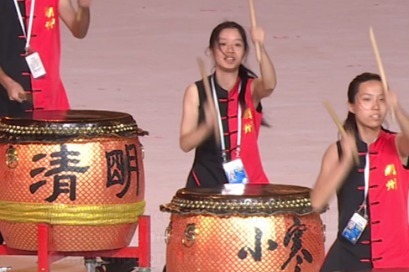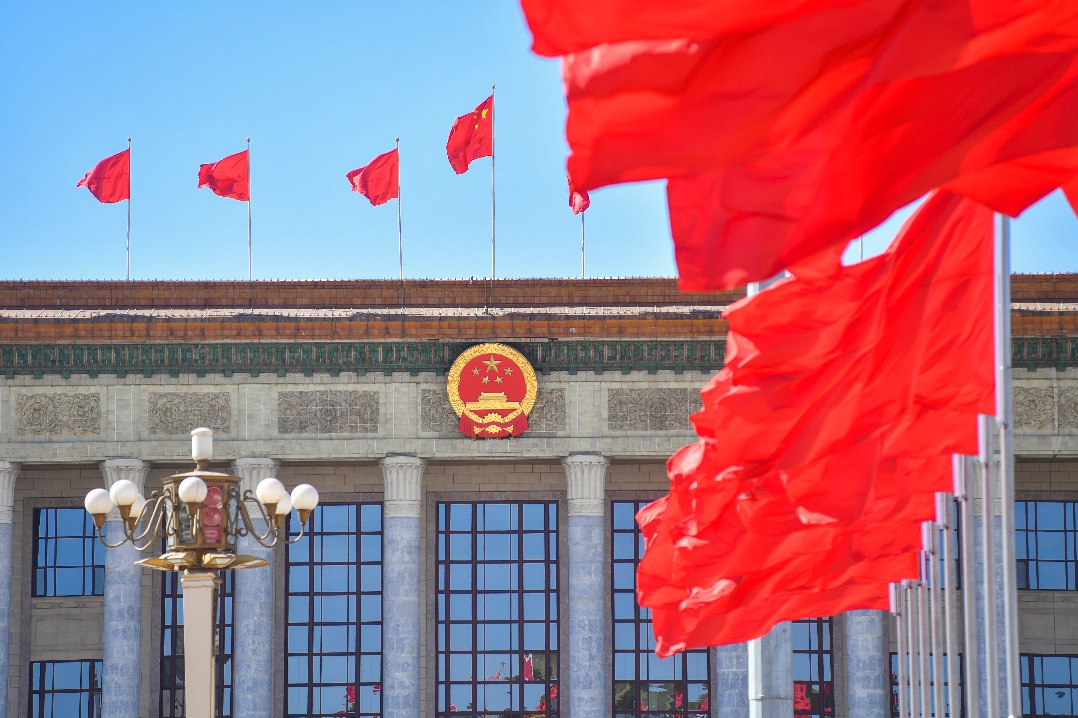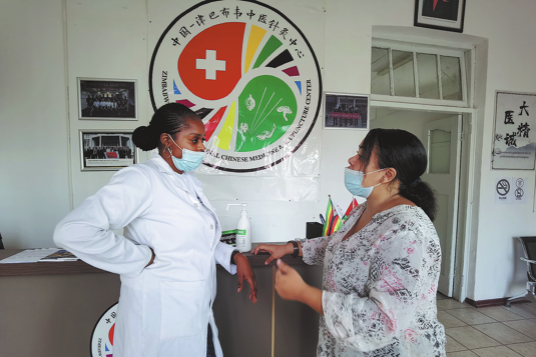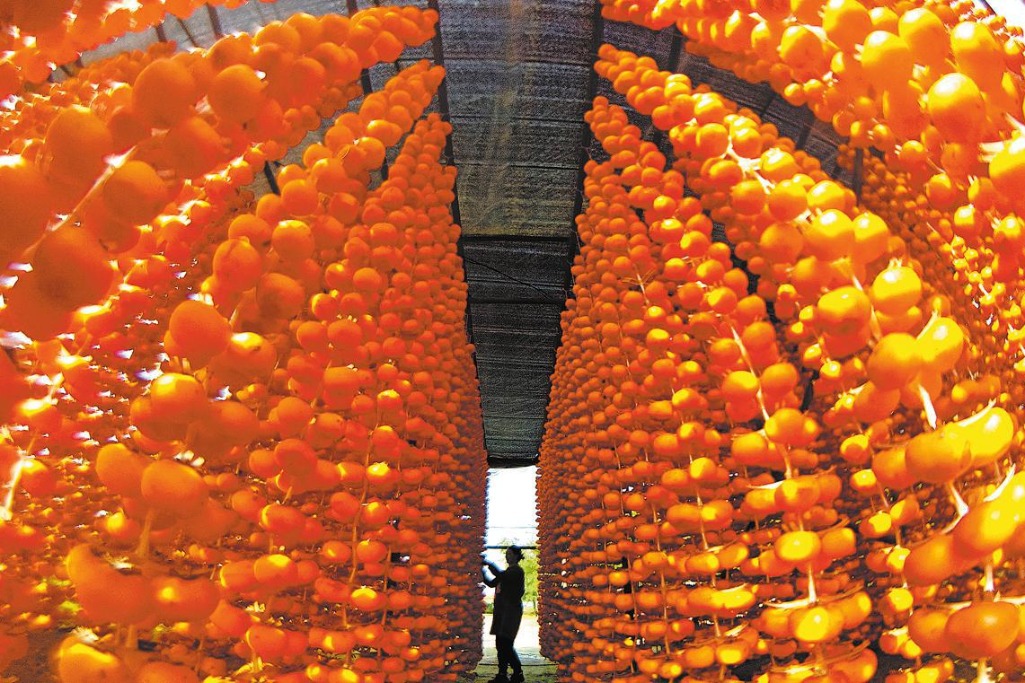Why Western mudslinging has failed to dampen Xinjiang cotton

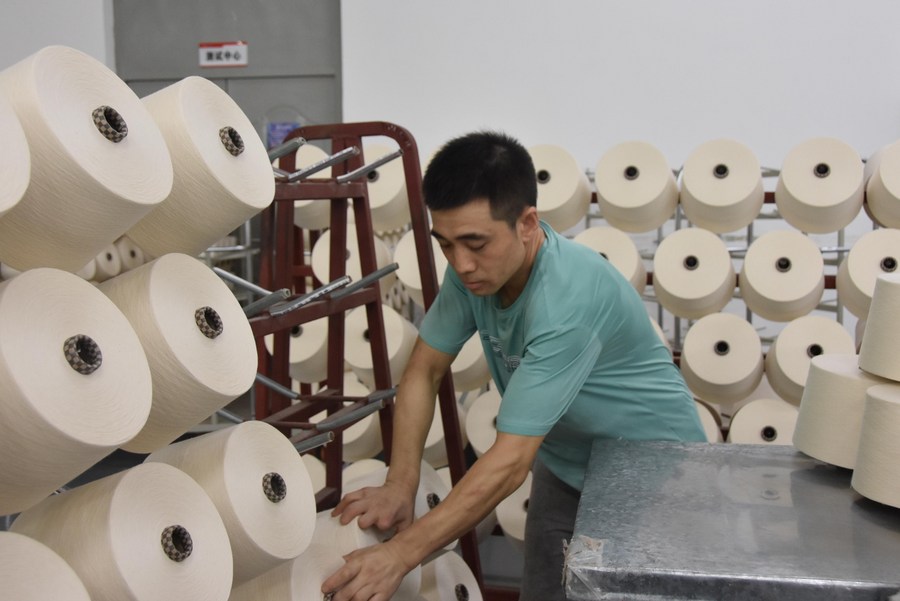
URUMQI - In a textile plant in the city of Shihezi, Northwest China's Xinjiang Uygur autonomous region, machines with 100,000 spindles rumbled to spin cotton into yarn.
"We are producing at full capacity as Xinjiang yarn is in heavy demand from downstream companies," said the production director of the plant. "Our yarn sales have rebounded markedly in the past few months and we have little inventory left."
Despite the Xinjiang cotton boycott instigated by some Western politicians under the pretext of "forced labor," the region's cotton and textile industry has shown resilience by further tapping markets and winning over more customers with its superior quality.
Free publicity
Xinjiang is the largest cotton growing area in China. The region's cotton output hit 5.16 million tonnes in 2020, accounting for 87.3 percent of the total in the country, according to the National Bureau of Statistics.
Demand for Xinjiang cotton has continued to increase as stocks decreased in recent months, according to the China Cotton Association (CCA).
By the end of May, the inventory turnover of commodity cotton in 43 warehouses in Xinjiang stood at 1.97 million tonnes, down by 502,700 tonnes over end-April.
"There's an upside about Western boycott of Xinjiang cotton: it gets a lot of free publicity," Zhou Run, head of a cotton farmers' cooperative in Shihezi, said in a lighter vein.
"Many farmers are willing to grow cotton because of the handsome income and the high mechanical picking rate," said Zhou, noting that a member of his cooperative rented 133 hectares of cotton farmland this year.
- China focused on creating high-quality jobs for university graduates
- Guangdong's GDP leads the nation during 14th Five-Year Plan (2021-25)
- Xi congratulates Samia Suluhu Hassan on assuming presidency of Tanzania
- Newly launched intl alliance to safeguard plant biosafety, food security
- China unveils regulation on ecological environment monitoring
- County in Heilongjiang dazzles with rare rime ice scenery
















